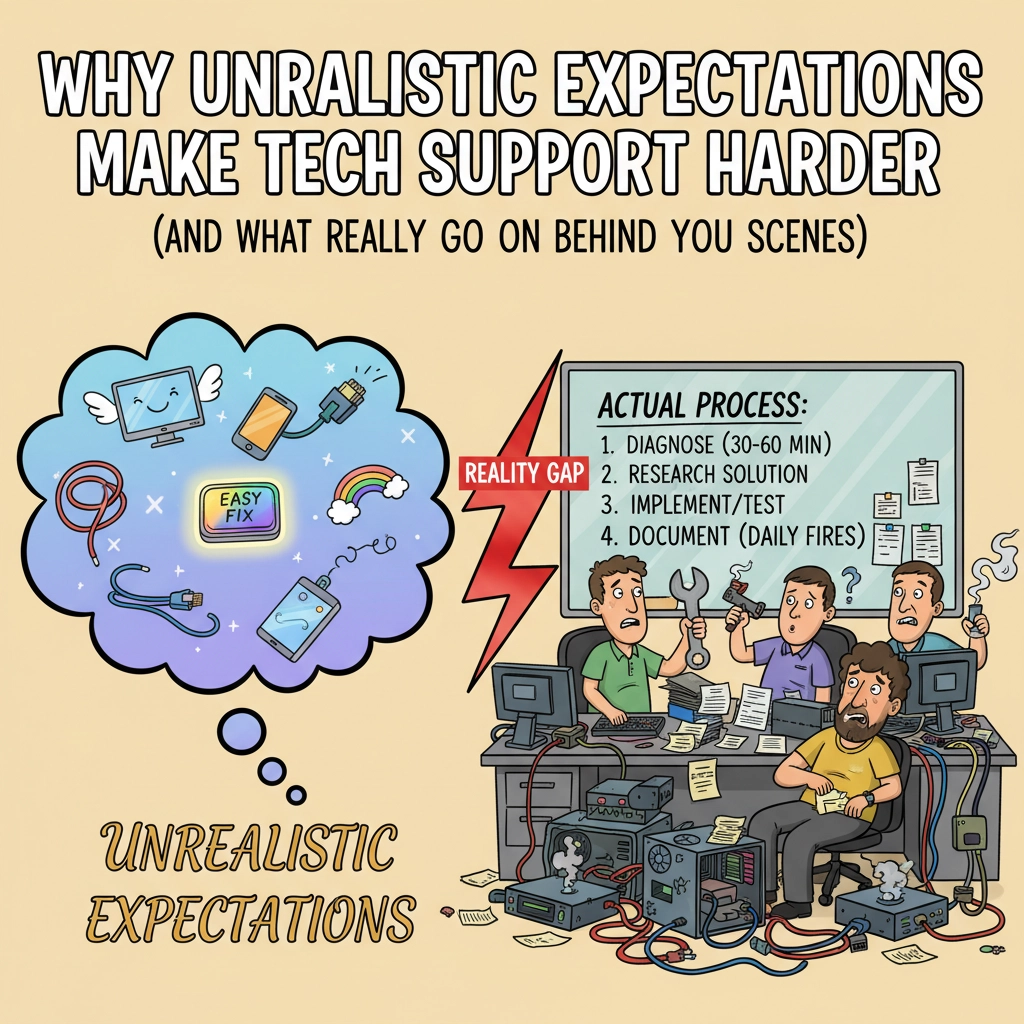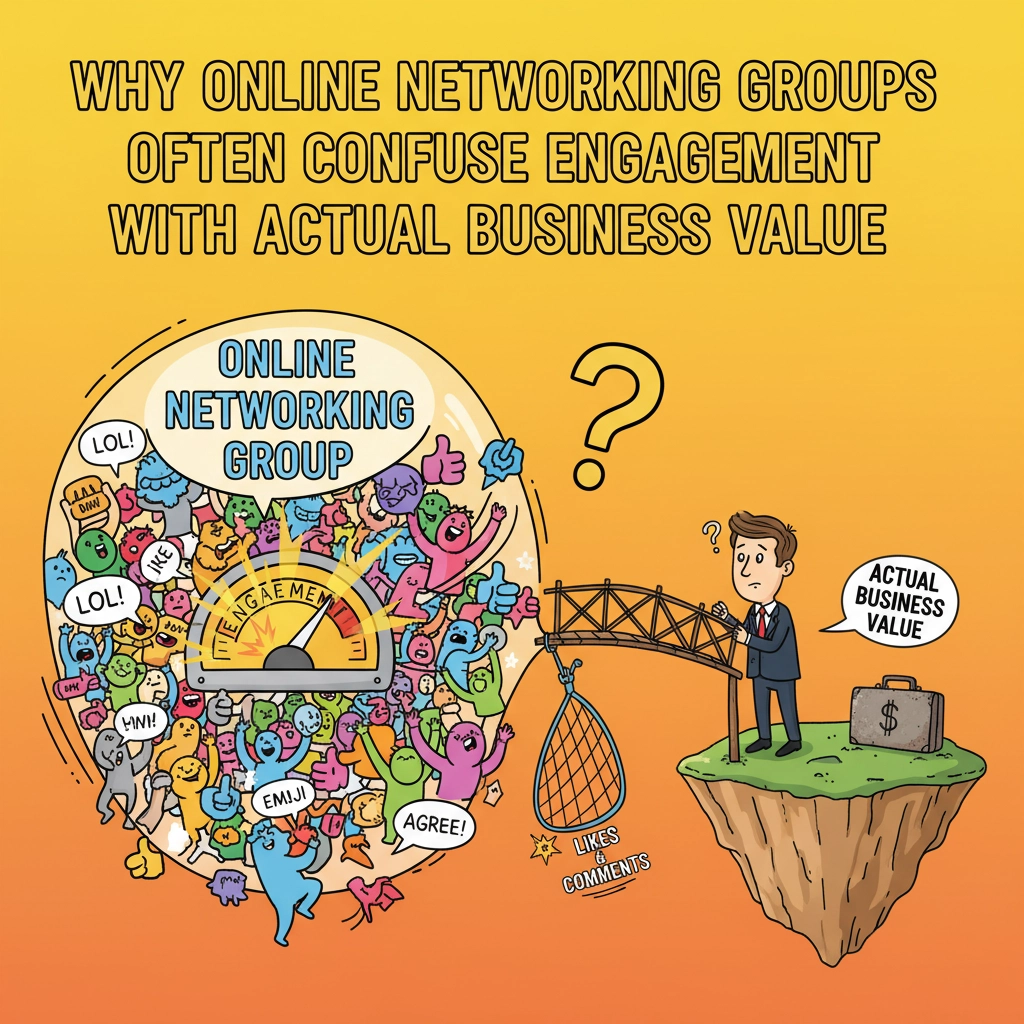When Competence Isn’t Enough: The Client Who Sabotages Their Own Business
You deliver exceptional IT service—systems are secure, downtime is minimal, and your team is always responsive. The client even acknowledges your expertise and the value you provide.
Then, without warning, they demand full administrative access and soon after, terminate your managed services contract, citing a need for “more control.” This, despite admitting they lack the technical skills required.
What’s really happening here?
This is the hallmark of the “Control-Driven Disengager”—a client archetype whose decisions are rooted in psychology, not logic or sound business practice.
By the Numbers: Why Control-Driven Owners Fail
Let’s look at the data that exposes the dangers of misplaced control:
- Small businesses are a top target for cyberattacks: 43% of cyberattacks target small businesses (Accenture).
- Data breaches are financially devastating: The average cost of a data breach for small businesses is estimated at $149,000 or higher, depending on the source (IBM Security 2025 Report).
- Managed IT services reduce downtime and risk: Research shows that businesses with managed IT services experience significantly less downtime and fewer incidents compared to those relying on ad hoc or self-managed IT (CompTIA 2025 Analysis).
We’ve seen it or read about it before: Clients who leave for “more control” often return after suffering preventable breaches. One Phoenix manufacturer tried to “handle security in-house”—six months later, ransomware locked them out of production for a week, costing $230,000 in lost business. A law office let their “IT-savvy” paralegal manage security—until a phishing attack exposed client data and triggered a bar association investigation.
When owners prioritize control over competence, the results are predictable: financial loss, reputational damage, and in many cases, business closure.

Profile of the Control-Driven Disengager
- Small business owner (5-15 employees), typically in service industries
- Handles sensitive client data (financial, medical, legal, insurance)
- Lacks in-house IT expertise, yet insists on technical control
- Subject to regulatory requirements but dismisses expert guidance
- Focused on short-term costs, blind to long-term risks
What sets this client apart is not their business type, but their refusal to acknowledge their own limitations—a trait fundamentally at odds with successful business leadership.
The Psychology Behind Self-Sabotage
- Loss Aversion: The fear of “losing control” outweighs the benefits of professional management, even when those benefits are obvious.
- Autonomy Paradox: The more they fear dependence, the more they undermine their own business objectives.
- Internal Locus of Control: Confidence in their own judgment blinds them to the need for expertise—an approach that works in some areas, but is disastrous in IT.
- Distrust from Past Experiences: Bad vendor experiences fuel a cycle of micromanagement and poor decision-making.
Note: These behavioral patterns are consistent with established psychological research, but direct studies linking these traits to business failure in IT contexts are limited. These insights are informed by industry observation and general psychological principles.
Warning Signs: Identifying Business Owners Who Aren’t Fit for IT Responsibility
- Obsession with “control” during initial consultations
- Requests for admin access before understanding the systems
- Reluctance to share information or follow basic protocols
- Distrust of vendors without clear justification
- Resistance to standard security measures
- Micromanagement of IT professionals
- Sudden demands for credentials after successful implementation

The Real Cost: Why These Owners Shouldn’t Be Running IT—or a Business
- Wasted Time and Resources: These clients require excessive hand-holding, yet are the first to leave. The ROI is negative.
- Security Disasters: When non-experts take over, vulnerabilities multiply. The business—and often the MSP’s reputation—suffers.
- Opportunity Cost: Every hour spent on a control-obsessed client is time lost from clients who actually value expertise.
- Self-Inflicted Damage: Owners spend 20+ hours a week on IT, neglecting their core business. Staff morale plummets, and the business becomes known as “impossible to work with.” Insurance premiums skyrocket after preventable breaches—if coverage is available at all.
These patterns are not the mark of a competent business leader. They reflect a fundamental inability to delegate, assess risk, and prioritize the business’s best interests.
Prevention: Qualifying Clients and Protecting Your Business
- Ask direct questions about past IT management. If they’ve cycled through multiple providers, that’s a red flag.
- Probe their understanding of security vs. control. If they see security as optional, walk away.
- Set clear boundaries and document every decision, especially when a client overrides your recommendations.
If the conversation is all about maintaining control rather than achieving results, you’re not dealing with a business owner prepared for today’s cybersecurity realities.
Examples of Catastrophic “Control”
- Disabling security patches because they “slow things down”
- Creating shared admin accounts for entire departments
- Storing passwords in unencrypted spreadsheets named “PASSWORDS”
- Overriding firewall settings to use banned applications
Every one of these decisions led to costly, preventable breaches.
If You’re Already Stuck with a Control-Driven Client
- Reframe the conversation around business outcomes, not control.
- Document all recommendations and client refusals—protect yourself.
- Prepare for a professional transition. Don’t let their poor decisions tarnish your reputation.
- Use the experience to refine your client screening process.

Metrics That Matter: Let the Data Do the Talking
- Mean time to resolution for incidents
- Percentage of issues prevented vs. reactively addressed
- Total cost of downtime avoided with proactive management
- Compliance improvements over time
Show clients the probability and cost of incidents under different management models. The numbers don’t lie—owners who refuse to trust experts rarely survive in the long run.
Final Word: Leadership Means Knowing When to Delegate
The most successful business owners understand their limits and trust professionals in specialized fields. Those who cling to control out of fear or ego undermine their own operations—and often, their entire business.
If you’re running a business and find yourself obsessed with control, ask yourself: Are you protecting your company, or are you the biggest risk it faces?
Ready to work with a partner who values your business as much as you do? Your Personal Ninja delivers transparent, expert IT services—so you can focus on what you do best.
Share this:
- Click to share on Facebook (Opens in new window) Facebook
- Click to share on Tumblr (Opens in new window) Tumblr
- Click to share on X (Opens in new window) X
- Click to share on Pocket (Opens in new window) Pocket
- Click to share on Pinterest (Opens in new window) Pinterest
- Click to share on LinkedIn (Opens in new window) LinkedIn




